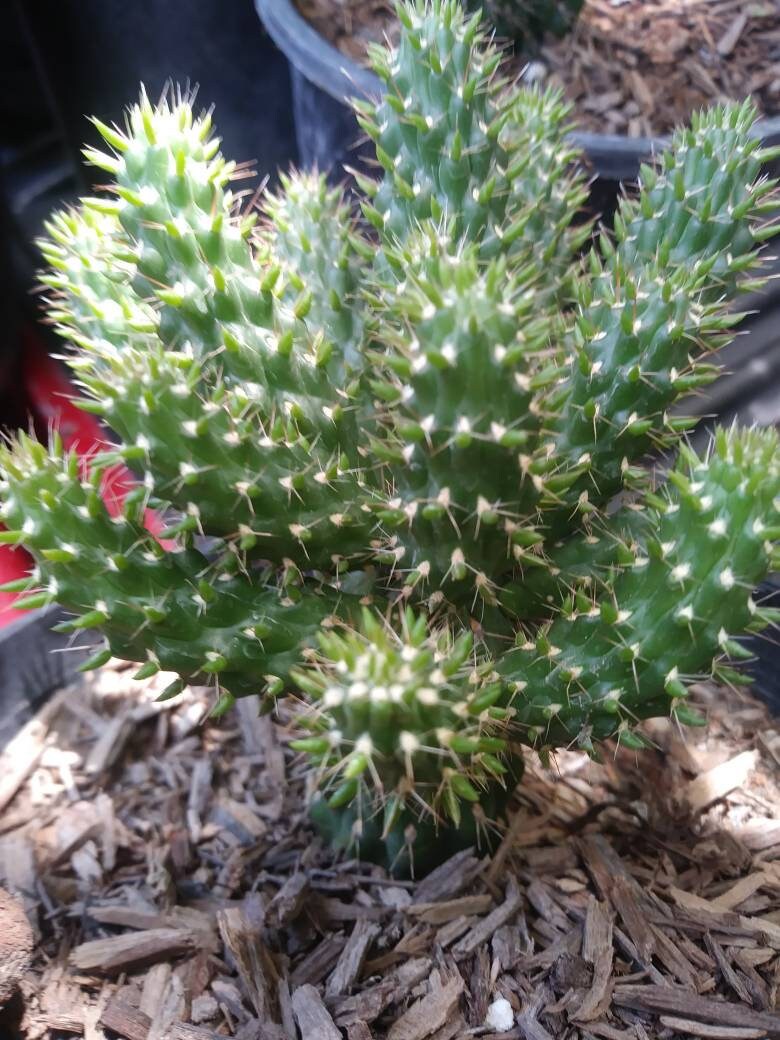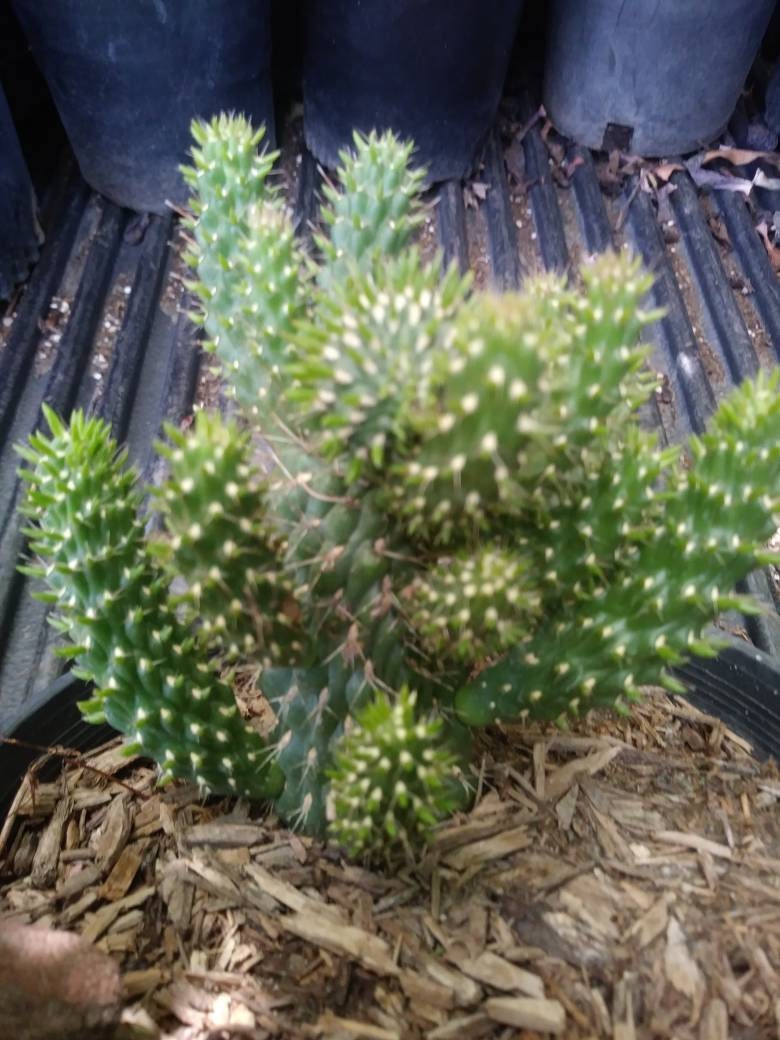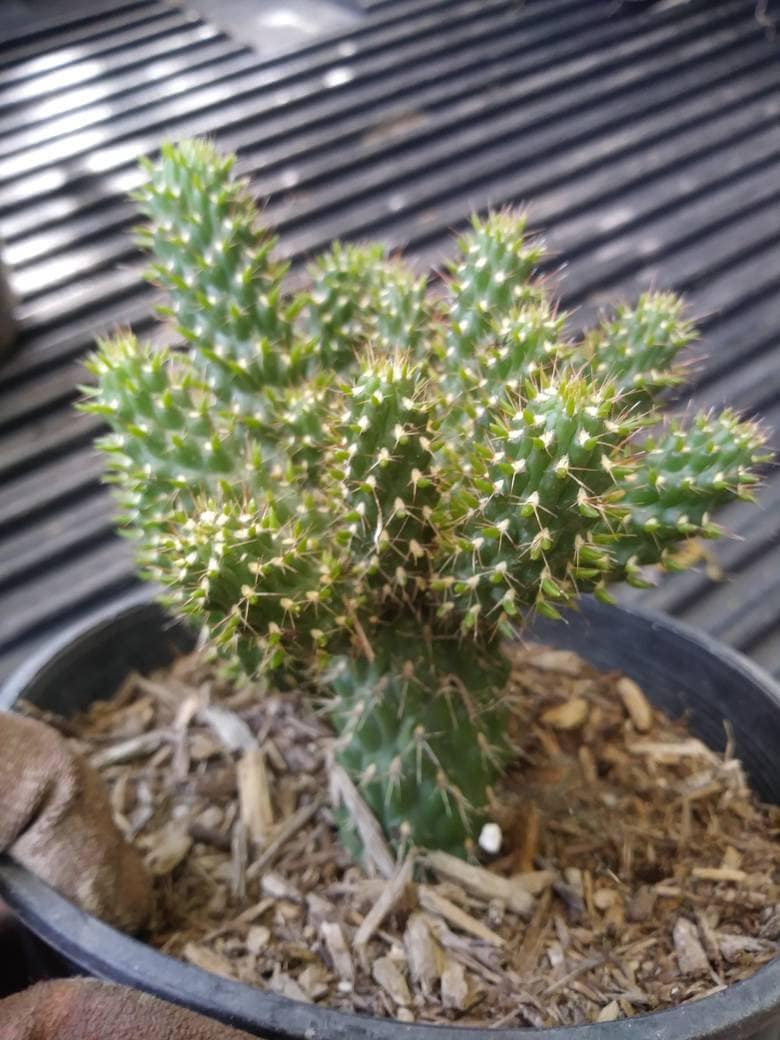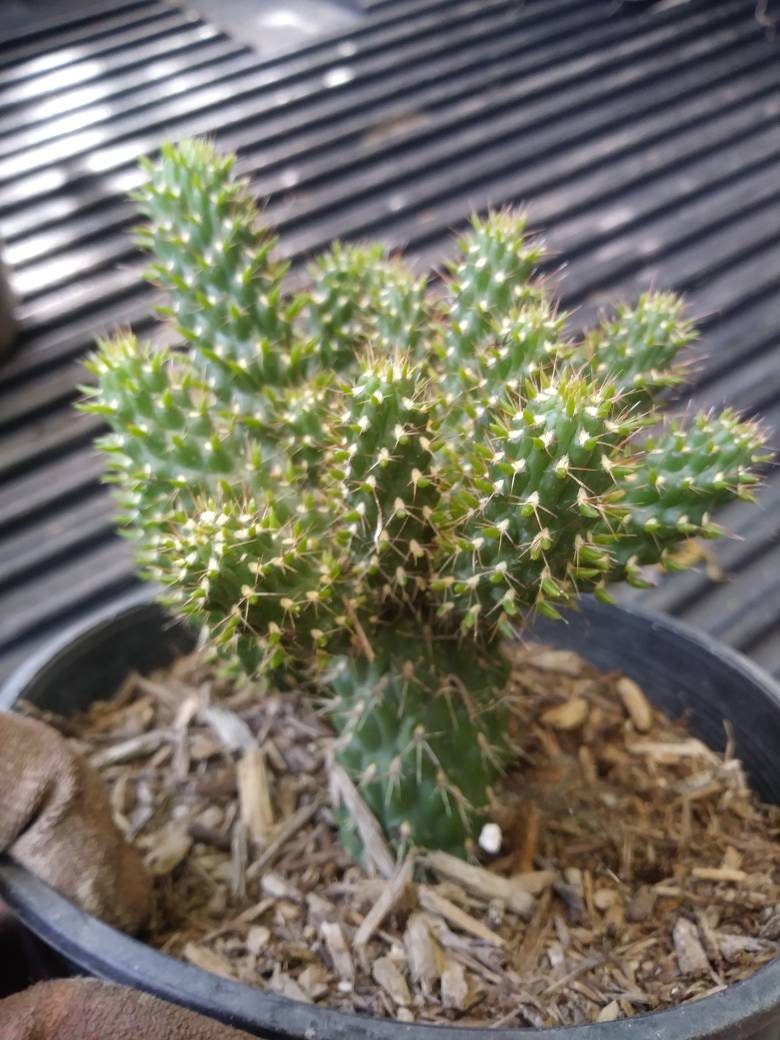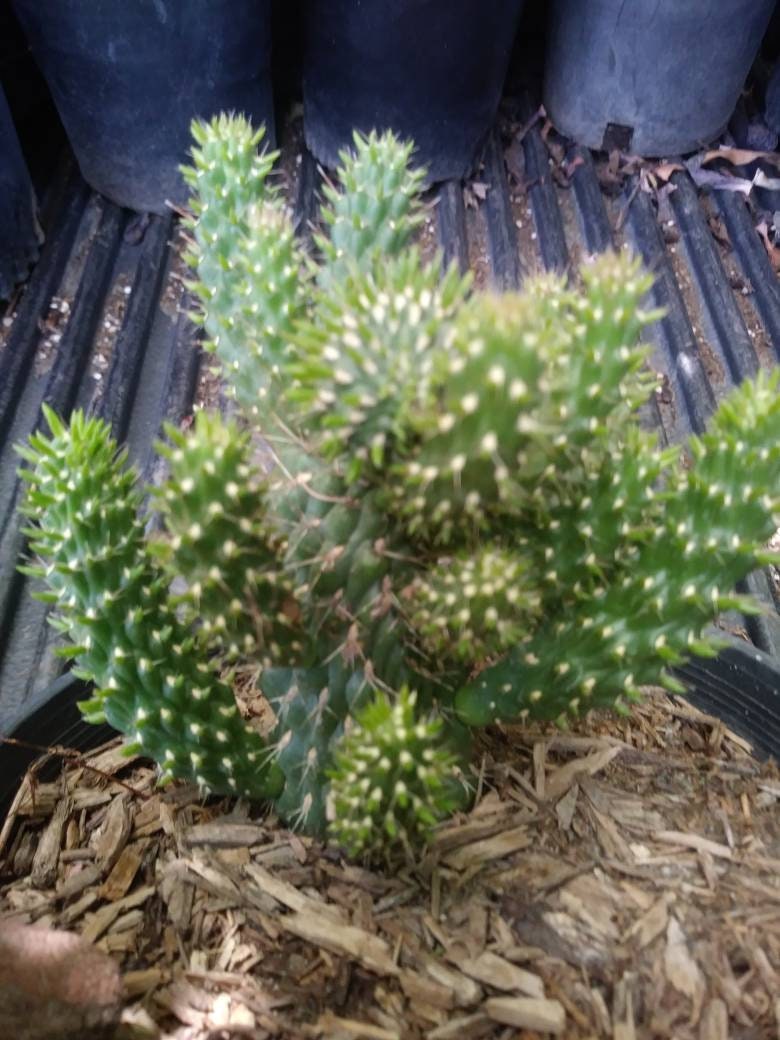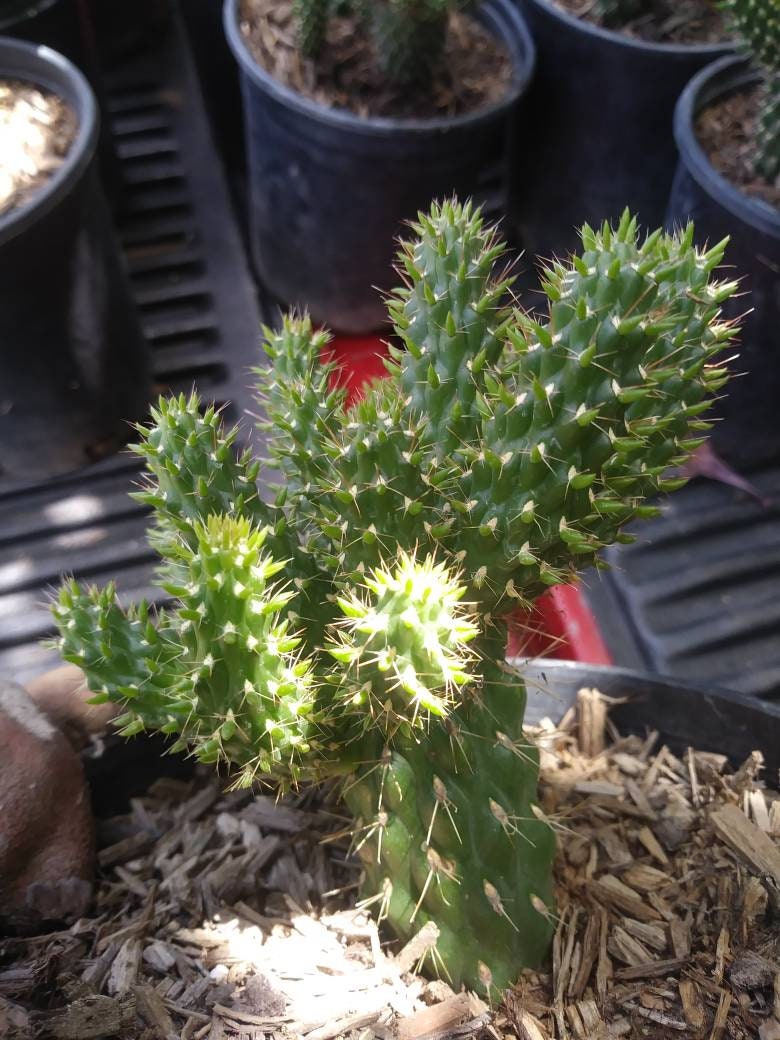Beaultiful Desert Plants
Cylindropuntia Mini-Cholla
Couldn't load pickup availability
* Ship Bare root (without pot and soil) Pot size is only notated for your reference. * If you are going plant your cactus or succulent in a pot, have it prepared beforehand with cactus mix soil (recommended), then water lightly. *If you going to plant it into the ground, ensure proper drainage *We Only ship Priority to ensure your Succulents plant will take between 2 to 3 days to arrive, we are not responsible for any the shipping carriers are delays.* We try to ship our succulent plants as soon as we get the order is customer responsibility to be aware of the plant arrival also customers will get a notification by email. If the customer wants to delay or change the day of the shipment please contact us as soon as possible. *We take great care in the packaging of your plants, but unfortunately the same cannot always be said in how they are handled once they leave us .*Is the customer responsibility to purchase a (Heat pack) if the Succulent plant is ship to a cold area, we usually recommended it if the whether is 35* or lower, If you are purchasing a large succulent plant please make sure you buy enough heat pack to cover the plant (1 heat pack every 12") We are not responsible for damages to the Succulent plant if is NOT enough coverage of the heat pack, and if is delay by USPS, the heat only will keep the box warm for 72 hours.
Cylindropuntia Mini-cholla Cylindropuntia is a genus of cacti naturally found mostly in Mexico, though it also exists in parts of the United States. Commonly called chollas, these plants grow free-standing in desert conditions and their spiky limbs often achieve a warped, twisted beauty. Characteristics of Cholla Cacti Chollas are among the most unpleasant of all cacti to accidentally brush up against since they’re covered in spines that bear tiny barbs that make them extremely difficult to remove from anything in which they become lodged. Merely brushing up against the cholla plant is enough to lodge their spines, so gardeners who grow cholla gardens should always take care not to touch them. However, Cylindropuntia plants can work well when grown together, especially because of the weird aesthetic charm that these plants can have; for instance, C. bigelovii, or the teddy bear cholla, has such soft-looking yellow spines that it resembles a stuffed animal. (Not that you’d be advised to hug them.) This is just one of about 30 species of chollas, and like many other species in its genus, the teddy bear cholla tends to drop its stems frequently to encourage further propagation. Cacti themselves are a somewhat acquired taste, and even chollas can be hard to love because their spines have a special propensity to stick in anything that comes close. Nonetheless, lots of these plants are cultivated by cactus gardeners for their odd beauty, and like an ornery dog, you might eventually find something to love about chollas. Note, however, that there exists some taxonomic confusion regarding this genus; initially, these plants were considered part of Opuntia, but they’ve since been separated since their stems take on a different shape. Make sure, if you’re interested in these plants, that you know what you’re getting. Cholla Growing Conditions Light: As cacti, these plants require lots and lots of direct sunlight. Make sure they’re exposed to the sun for hours every day. Water: Very little water is necessary for chollas; they’re used to desert climates where it rains infrequently. It’s much easier to kill them through root rot than through underwatering. Temperature: They like warm desert-like temperatures. These are hardy plants, not easily killed by small changes in climate. Soil: The most important thing is that their soil is dry and drains well; prolonged exposure to moisture will rot these plants. Fertilizer: Feed regularly with a typical cactus fertilizer for best results. Propagation These cacti can be propagated by division of its stems, which is accomplished naturally by dropping them from the limbs of the plant. If you choose to manually propagate them, sever the stems and replant them in sandy, dry soil, making sure not to damage them too much in the process. Be sure and wear gloves, too, to avoid hurting yourself on the cholla’s prickly spines. Repotting For the larger varieties, this shouldn’t be necessary at all, since they’ll grow terrestrially and not in containers. If you do grow Cylindropuntia plants in containers, it doesn’t hurt to repot them periodically; lift the plant as a whole, knock away old soil, and replace it in another container, which then should be backfilled with potting soil. Again, any time you handle this plant, be sure to wear gloves, or else you risk giving yourself quite a bad day.
Share

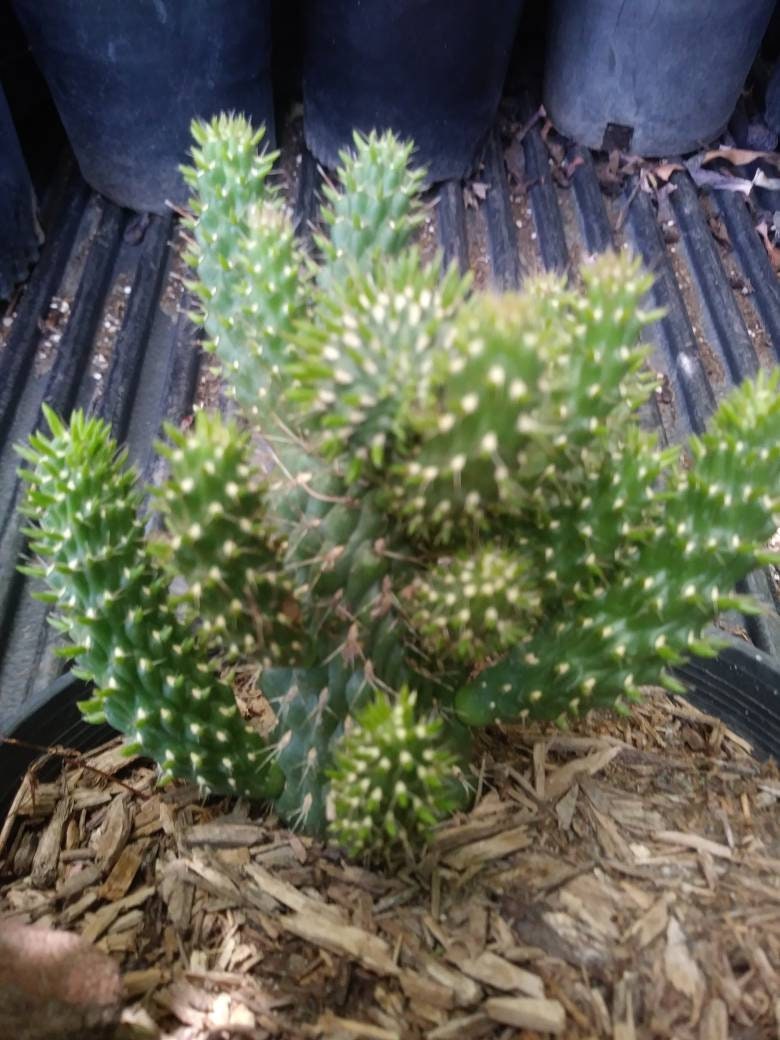
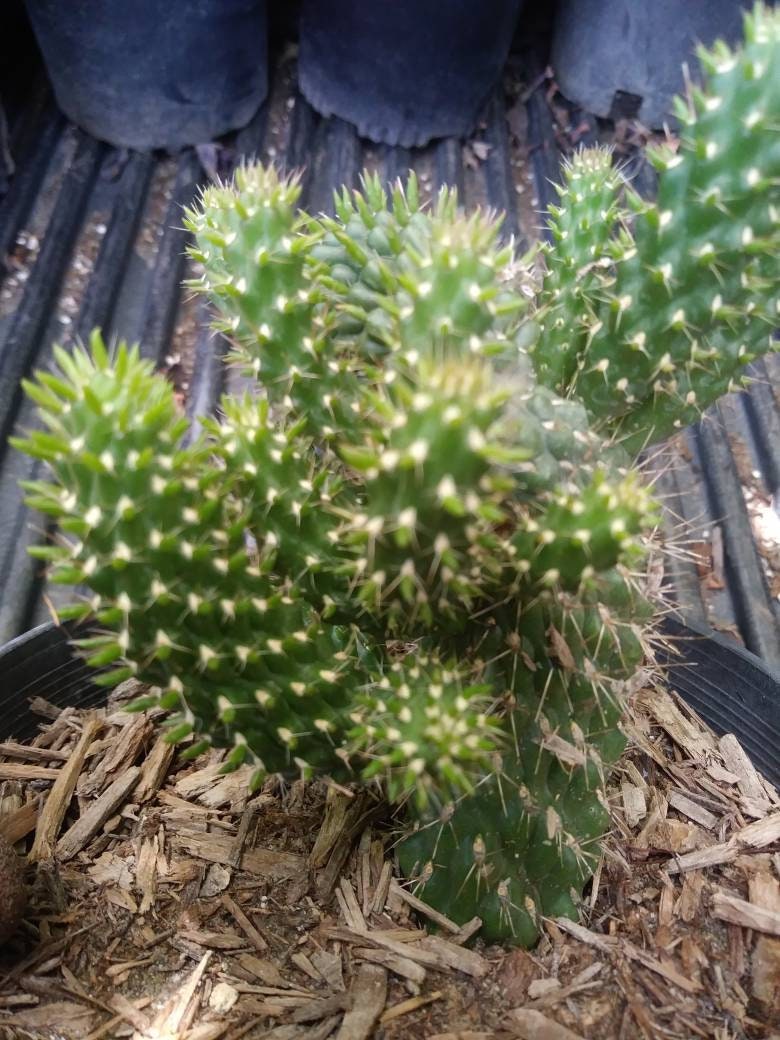
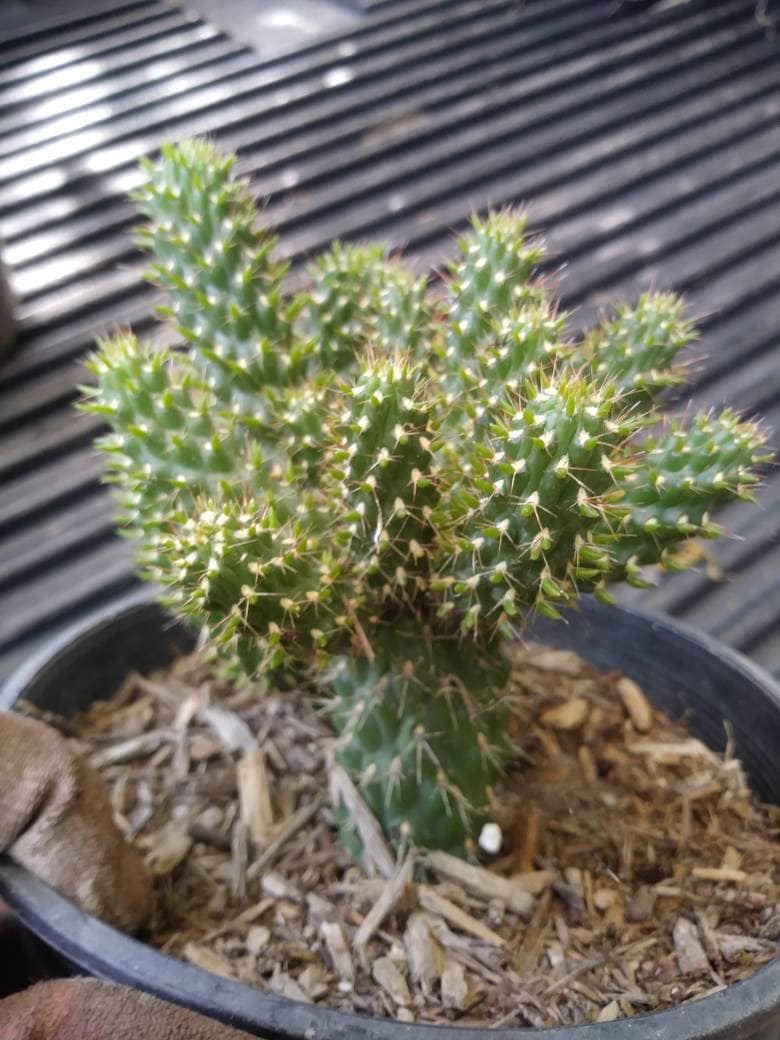
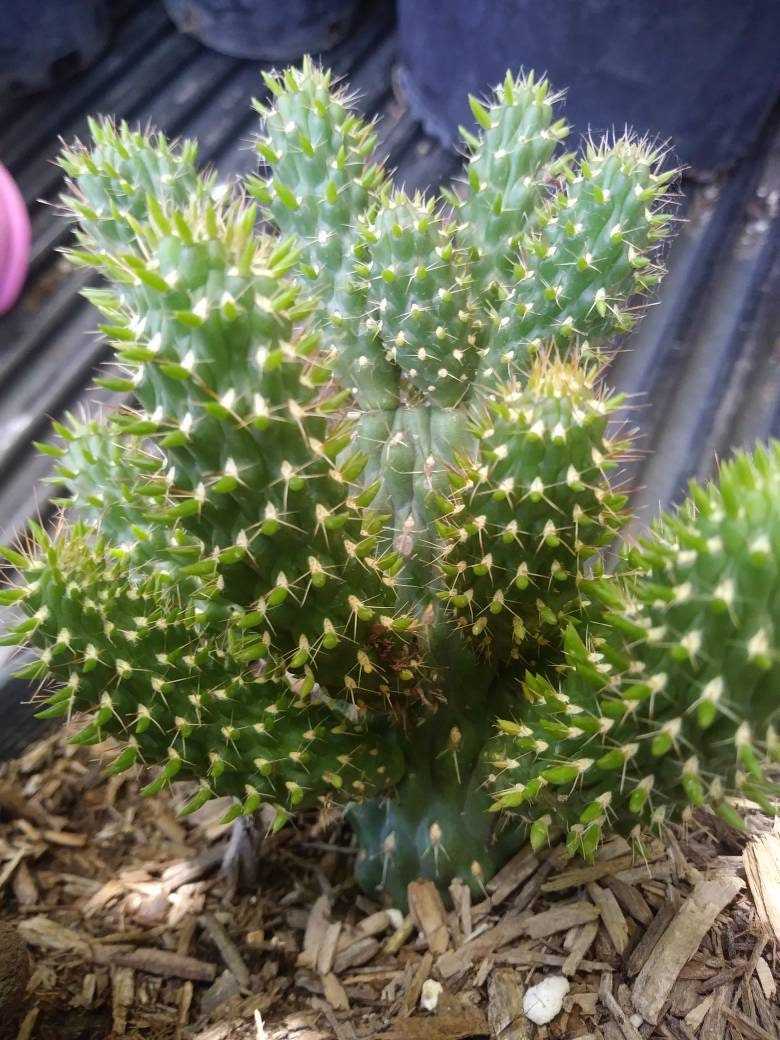
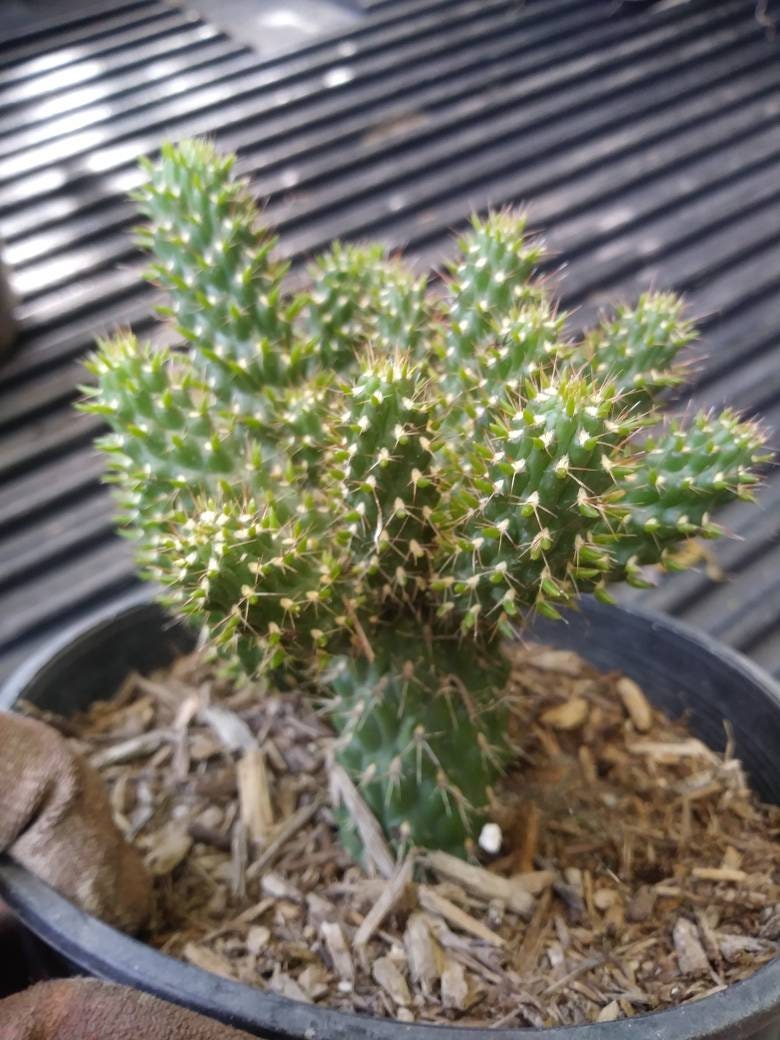

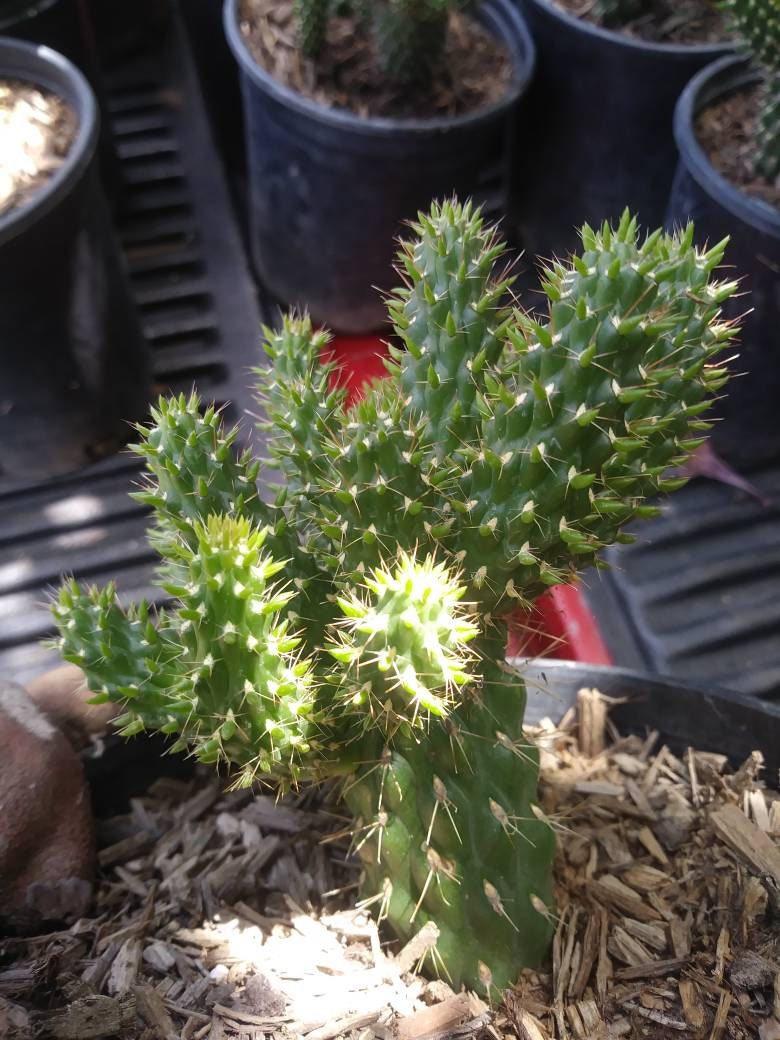
Subscribe to our emails
Be the first to know about new collections and exclusive offers.

